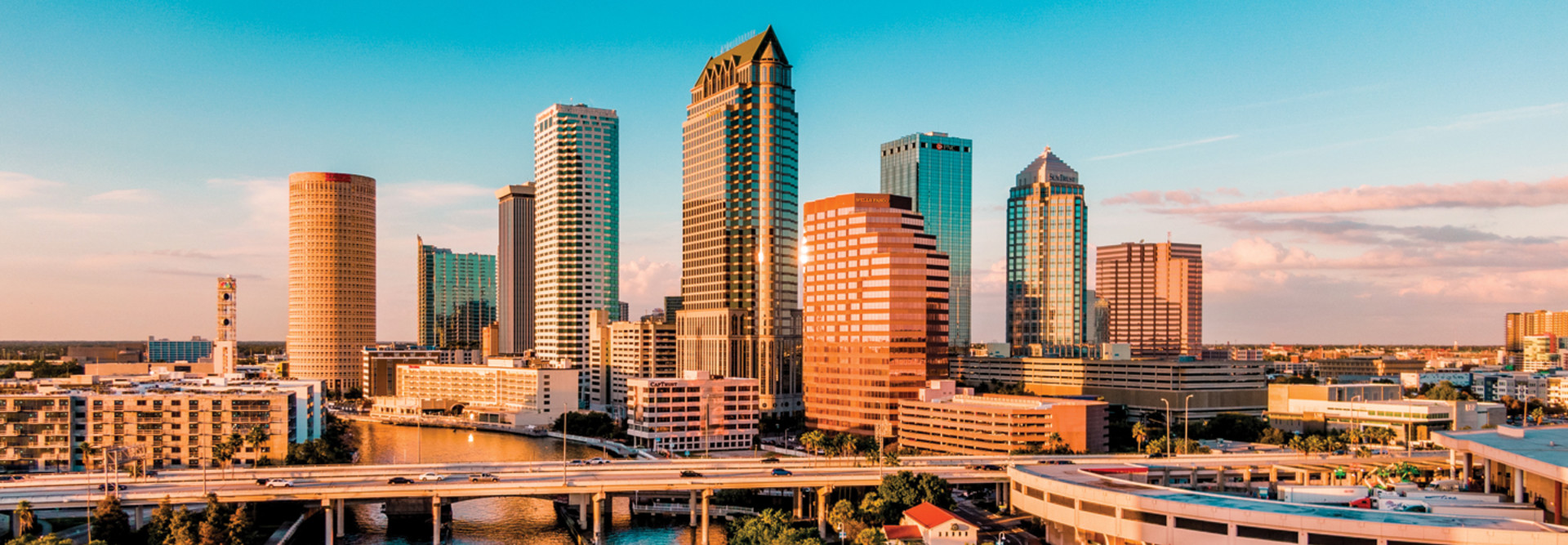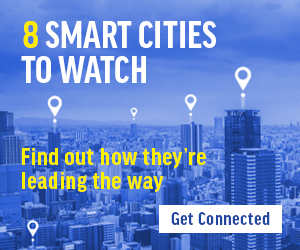City Leaders Expect Investments in Smart Infrastructure
Despite some high-profile smart city flops, such as Alphabet’s decision to cancel a smart city development in Toronto, there is an expectation that smart city development will accelerate in the years ahead. This is especially true for projects that involve the deployment of new network technologies.
Investments in smart city initiatives are expected to rise over the next two years, according to Frost & Sullivan. “Smart cities have already invested in contact tracing wearables and apps, open data platforms, autonomous drones, and crowd analytics to fight the pandemic,” the firm notes. “Post-pandemic, investment in smart projects like smart grids, intelligent traffic management, autonomous vehicles, smart lighting, e-governance services and data-enabled public safety and security will gain traction.”
There is a sense that the crisis presents an opening for cities to push ahead on long-desired infrastructure and connectivity projects.
“COVID-19 has created a window of opportunity and a sense of urgency,” Debra Lam, of Georgia Tech’s Smart Cities and Inclusive Innovation project, tells Axios. “People are saying, wow, connectivity is an important public service, just like running water — you expect it to be provided to you by the government.”
Frost & Sullivan defines a smart city as one that embodies at least five of eight parameters (smart buildings, mobility, infrastructure, energy, citizenry, governance, education and healthcare). So far, no city in the world has achieved that, Archana Vidyasekar, research director of the Visionary Innovation Group at Frost & Sullivan, tells Smart Cities Dive.
However, Frost & Sullivan predicts there will be more than 26 global smart cities that meet the guidelines by 2025, and nine of those cities are expected to be in the U.S.
Smart water systems could be an area that grows. Biden has called for not just replacing aging lead water pipes but investing in water technology research, and has advocated for new technologies that “present real opportunities to use existing water resources more efficiently, and to reduce the cost and energy required to generate new water supplies, for example through desalination.”
“While the specific details of their plans are yet to be revealed, we do know that one area of concern is PFAS pollutants,” Vidyasekar tells Smart Cities Dive. “A possible solution to this approach is the adoption of digital twins of water systems that can provide real-time insights to utilities on what-if scenarios and simulate events such as leaks, power cuts, and contamination.”













